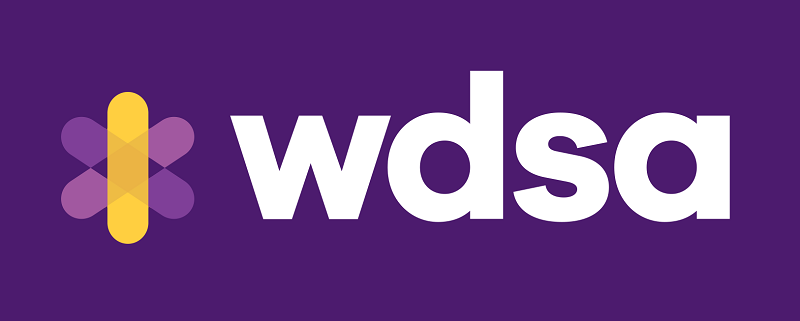Behaviour Tips
Behaviour is like an iceberg, what you see on the surface is only a small indicator of what is happening underneath
Behaviour is like an iceberg, what you see on the surface is only a small indicator of what is below. T
Things that may impact behaviour include: illness, poor sleep, sensory overload, pain (reduced awareness of body may result in behaviour as something feels wrong but they don't know what).
We need to reframe the behaviour - from "they won't" to "they can't"
Positive behaviour support involves providing intervention before anything goes wrong
Effective requests include: eye contact, using specific statements with simple language, make 1 request wait 20 seconds for response and then repeat or give the next request.
Offer 2 or 3 choices (can both be non-preferred tasks but still gives autonomy).
Use first-then, e.g. first put on your shoes, then go wait by the door
Visual schedules with up to 5 tasks and a reward at the end. Knowing what is coming next reduces anxiety and also knowing there is a clear ending.
Time concept is a struggle - use a visual timer (app or physical timer - ‘time timer’ is one example).
Avoidance is a big factor: if something seems too hard
Not enough intrinsic motivation (the drive to do something because you find it enjoying or satisfying), so need external motivation or rewards. Try using a list of rewards for child to choose from. A reward can be a high five, or praise; or a physical object or motivation activity.
An excellent book to read is:
Supporting positive behaviour in children and teens with Down syndrome by David Stein
It is available to borrow for free from the IHC Library
-Susan Webber, March 2024
